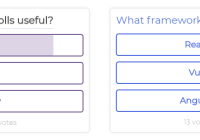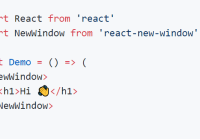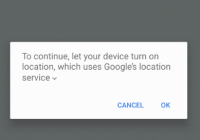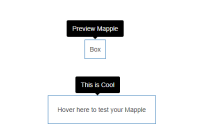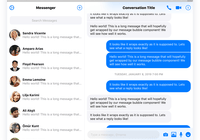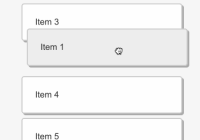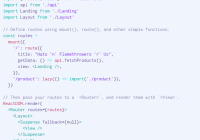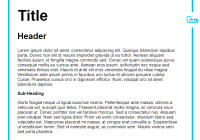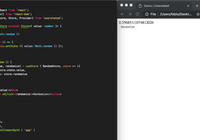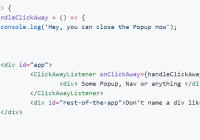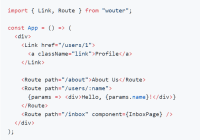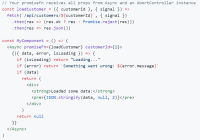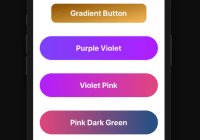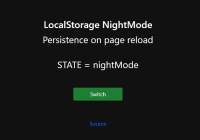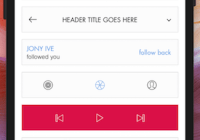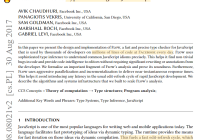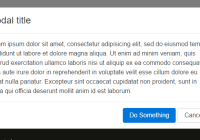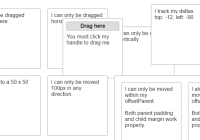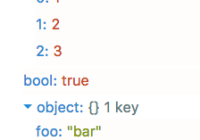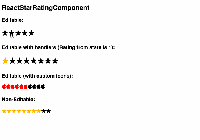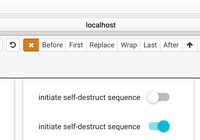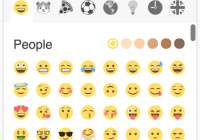react-useragent
Integrate user-agent detection in an idiomatic React way.
Installation
yarn add @quentin-sommer/react-useragent or npm i -s @quentin-sommer/react-useragent
For React 15 (old context) use the 2.x version
// React 15 "dependencies": { ... "@quentin-sommer/react-useragent": "^2.0.0" ... } Introduction
Imagine being able to render magnificent, deep links, beautiful download buttons for your app. Well, Now you can.
<div> <UserAgent ios> <BeautifulIOSButton/> </UserAgent> <UserAgent windows> <BeautifulWindowsButton/> </UserAgent> </div>react-useragent wraps the great UAParser.js library and make it easy to use useragent knowledge inside your React applications. react-useragent provides useful shortcuts but you can always use an escape hatch in case you want to access the underlying library.
Usage
First you need to wrap your App in a <UserAgentProvider> tag. You also need to pass a user agent string to <UserAgentProvider>. On the browser that would be window.navigator.userAgent.
react-useragent works in server side rendering as well, just pass it the request useragent string. On express that would be req.headers['user-agent'].
import {UserAgentProvider} from '@quentin-sommer/react-useragent' const App = (props) => ( <UserAgentProvider ua={window.navigator.userAgent}> <div> {/* rest of your App */} </div> </UserAgentProvider> ) Then use the <UserAgent> component.
react-useragent expose some props, these are optimized and using them will be faster than directly accessing the UAParser.js library.
Available props for <UserAgent>
- computer
- windows
- linux
- mac
- mobile
- tablet
- android
- ios
- firefox
- chrome
- edge
- safari
Theses props are cumulable : <UserAgent firefox mobile> will match both firefox browser and mobile systems.
import {UserAgentProvider, UserAgent} from '@quentin-sommer/react-useragent' const App = (props) => ( <UserAgentProvider ua={window.navigator.userAgent}> <div> <UserAgent mobile> <p>This will only be rendered on mobile</p> </UserAgent> </div> </UserAgentProvider> )You can also use this alternative API if you find it more convenient
<UserAgent mobile> {uaIsMobile => ( {uaIsMobile && <p>This will ONLY be rendered on mobile</p>} {!uaIsMobile && <p>This will NOT be rendered on mobile</p>} )} </UserAgent>For full power you can always access the underlying parser with the returnFullParser prop
<UserAgent returnFullParser> {parser => ( <p>I see you, {parser.getOS().name} {parser.getCPU().architecture}</p> )} </UserAgent>For more example see the demo app source here
If you have any questions don't hesitate to say hi on Twitter






